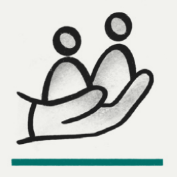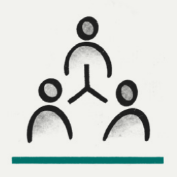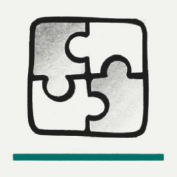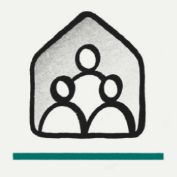About Us
We are the national What Works Centre for Children & Families.
We’re providing the answers and practical solutions that empower decision makers to improve policy and practice on family support, so the right actions are taken at the right times, and every child has the foundations they need to reach their full potential.
As a What Works Centre, and proud member of the What Works Network, our work is based on the principle that high quality evidence should inform decision-making, and has a vital role in improving the lives of vulnerable children.
Our Strategy
We believe all children should have the foundational relationships they need to thrive in life. By researching and evaluating the effectiveness of family support services and interventions, we’re generating the actionable evidence needed to improve them, so more vulnerable children can live safely and happily at home and lead happier, healthier lives.

Our priority Areas
Our work is primarily focused across five areas where we have the best opportunity and potential to make an impact in improving the lives of children and families.
Our team
equality, diversity, inclusion and equity
Our goal is to be a leader in all aspects of equality, diversity, inclusion, and equity (EDIE), and we actively encourage decision makers to implement policies, systems and practices which fully reflect the diversity of society.
We are committed to considering what can be learnt about racial disparity in every study we carry out. We will speak up for families who experience racial discrimination and use evidence about what works to call for change.
Evaluation partners
Our Evaluation Partners play a pivotal role in our work to build the evidence base around children and families, by designing and running independent evaluations of projects that are supported and funded by Foundations.







